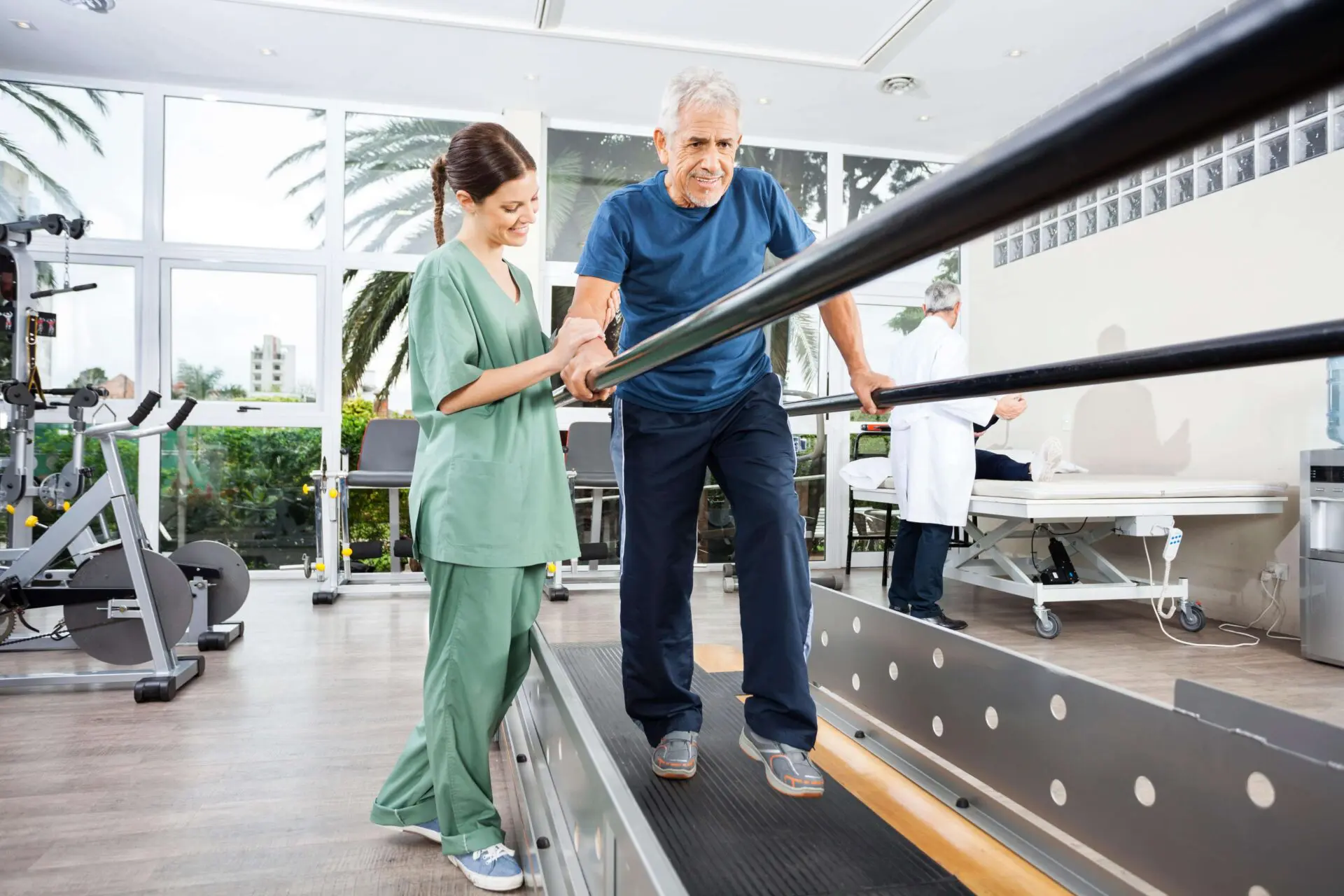All About Dementia Fall Risk
Our Dementia Fall Risk Ideas
Table of ContentsHow Dementia Fall Risk can Save You Time, Stress, and Money.Dementia Fall Risk Fundamentals ExplainedThe 6-Minute Rule for Dementia Fall RiskThe 30-Second Trick For Dementia Fall Risk
A fall threat evaluation checks to see exactly how most likely it is that you will drop. The analysis generally includes: This includes a collection of questions concerning your overall health and wellness and if you've had previous falls or troubles with balance, standing, and/or walking.Interventions are referrals that might lower your danger of dropping. STEADI consists of 3 actions: you for your risk of falling for your threat aspects that can be enhanced to attempt to stop falls (for instance, equilibrium issues, impaired vision) to reduce your risk of dropping by utilizing efficient methods (for example, offering education and sources), you may be asked a number of inquiries including: Have you dropped in the past year? Are you stressed regarding dropping?
You'll rest down again. Your supplier will examine for how long it takes you to do this. If it takes you 12 seconds or even more, it might suggest you go to higher threat for a fall. This test checks stamina and equilibrium. You'll sit in a chair with your arms went across over your chest.
Relocate one foot midway onward, so the instep is touching the large toe of your various other foot. Move one foot completely in front of the other, so the toes are touching the heel of your other foot.
The 5-Second Trick For Dementia Fall Risk
The majority of drops happen as a result of several contributing variables; therefore, managing the threat of falling starts with identifying the aspects that contribute to drop danger - Dementia Fall Risk. A few of the most appropriate danger factors include: History of prior fallsChronic medical conditionsAcute illnessImpaired stride and balance, lower extremity weaknessCognitive impairmentChanges in visionCertain high-risk medications and polypharmacyEnvironmental factors can likewise raise the threat for drops, including: Poor lightingUneven or damaged flooringWet or slippery floorsMissing or harmed hand rails and order barsDamaged or improperly equipped devices, such as beds, wheelchairs, or walkersImproper use assistive devicesInadequate supervision of the individuals staying in the NF, including those who show aggressive behaviorsA effective autumn risk monitoring program requires an extensive clinical analysis, with input from all members of the interdisciplinary group

The care strategy must likewise consist of treatments that are system-based, such as those that promote a safe environment (ideal illumination, handrails, grab bars, and so on). The performance of the treatments must be reviewed periodically, and the treatment strategy revised as necessary to mirror changes in the fall risk evaluation. Implementing a loss danger administration system utilizing evidence-based best practice can reduce the prevalence of drops in the NF, while restricting the possibility for fall-related injuries.
Some Known Facts About Dementia Fall Risk.
The AGS/BGS standard advises screening all grownups matured 65 see this years and older for fall see it here risk each year. This screening contains asking patients whether they have actually fallen 2 or more times in the previous year or looked for clinical focus for an autumn, or, if they have actually not fallen, whether they really feel unstable when strolling.
People that have actually fallen as soon as without injury must have their equilibrium and gait reviewed; those with stride or balance abnormalities need to receive extra analysis. A background of 1 loss without injury and without stride or equilibrium issues does not call for additional evaluation beyond continued annual fall danger screening. Dementia Fall Risk. An autumn risk assessment is required as part of the Welcome to Medicare assessment

The Buzz on Dementia Fall Risk
Recording a drops background is one of the high quality indications for fall avoidance and management. Psychoactive drugs in certain are independent click here to find out more forecasters of falls.
Postural hypotension can usually be eased by decreasing the dosage of blood pressurelowering medicines and/or stopping medicines that have orthostatic hypotension as an adverse effects. Use above-the-knee support hose pipe and resting with the head of the bed boosted may likewise minimize postural decreases in blood stress. The recommended aspects of a fall-focused health examination are received Box 1.

A TUG time above or equal to 12 secs suggests high fall threat. The 30-Second Chair Stand test examines lower extremity stamina and equilibrium. Being unable to stand up from a chair of knee height without making use of one's arms suggests increased loss danger. The 4-Stage Balance test assesses static equilibrium by having the person stand in 4 settings, each considerably much more challenging.